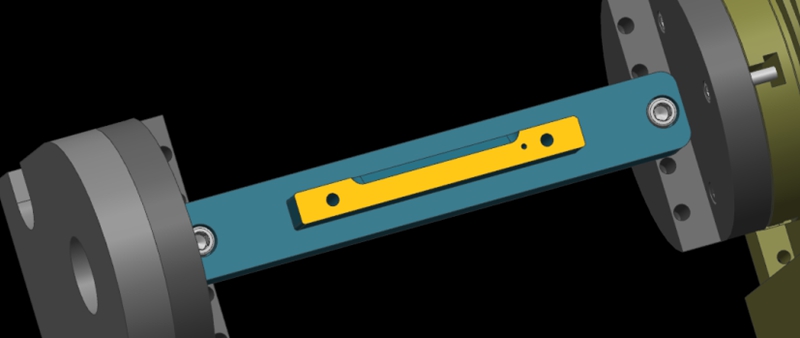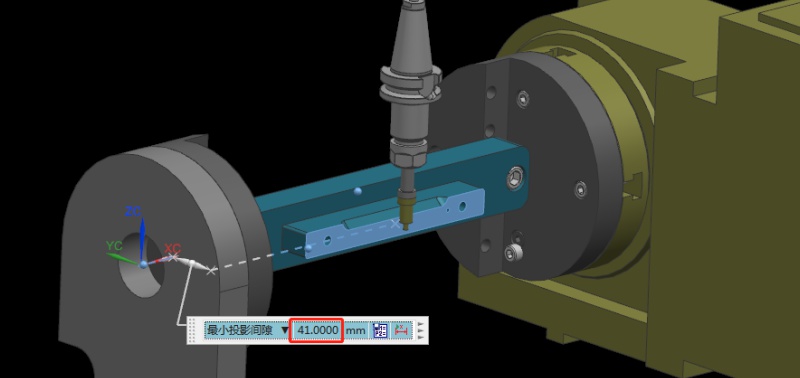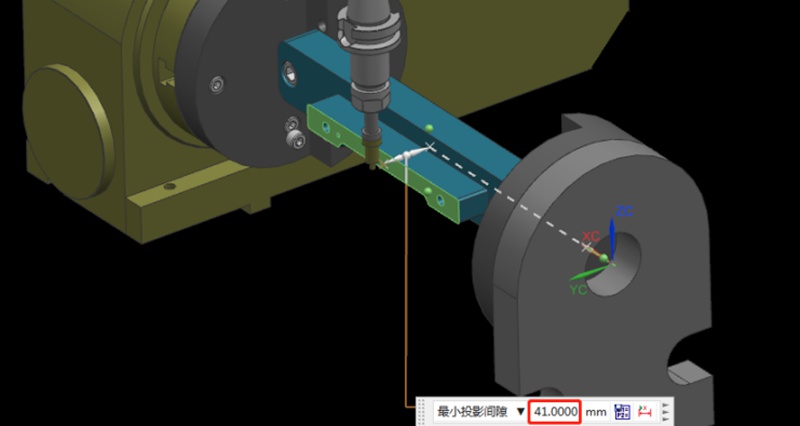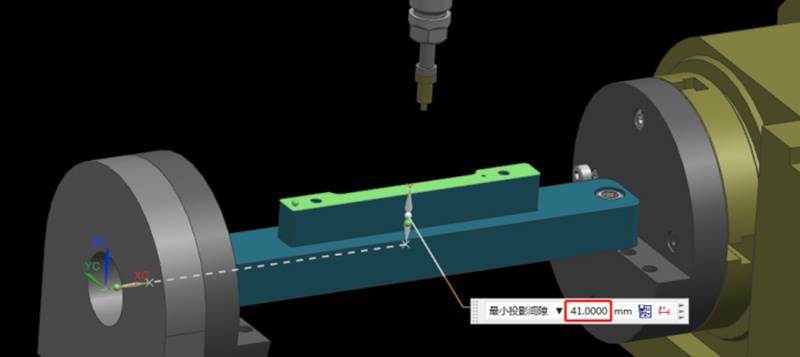Comment déterminer le centre de rotation du rotor lors de l'utilisation d'une machine CNC à 4 axes ?
Recommandations
Types Of Milling Explained: Know All Milling Operations
Milling is inarguably the backbone of the manufacturing industry, playing a direct role in high-quality production in industries including aerospace, automotive, medical, and defense. Milling operations are highly versatile and capable of handling complex geometries with precision and speed. In this article, we will discuss the fundamentals of CNC milling and explain various milling operations, helping to choose the right milling type for your applications.Milling is a machining process t...

Machining Allowance Explained: Its Calculation And Matters
Machining allowance is a fundamental concept in manufacturing. It is a common engineering practice in CNC precision machining, ensuring dimensional accuracy, surface quality, and the production of reliable and functional components for a range of industries, including aerospace, defense, and medical. This article attempts to answer the question: what is machining allowance? We will take a deep dive into the concept of machining allowance and discuss why machinists leave machining allowanc...
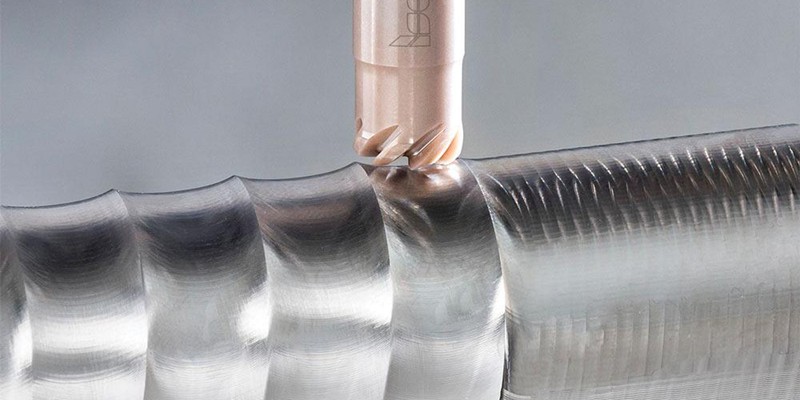
Tournage étagé et tournage conique : Quelles sont les différences ?
Le tournage est une opération d'usinage fondamentale qui soutient l'industrie manufacturière depuis des siècles. Il continue d'évoluer et constitue encore aujourd'hui une technique de fabrication essentielle. Cet article aborde deux types d'opérations de tournage : le tournage par étapes et le tournage conique. Nous explorerons le processus de tournage par étapes et le processus de tournage conique et expliquerons leurs différences.Le tournage est essentiellement une opération de coupe au cours de laquelle un outil de coupe affûté façonne une pièce rotative en enlevant de la matière de sa surface....
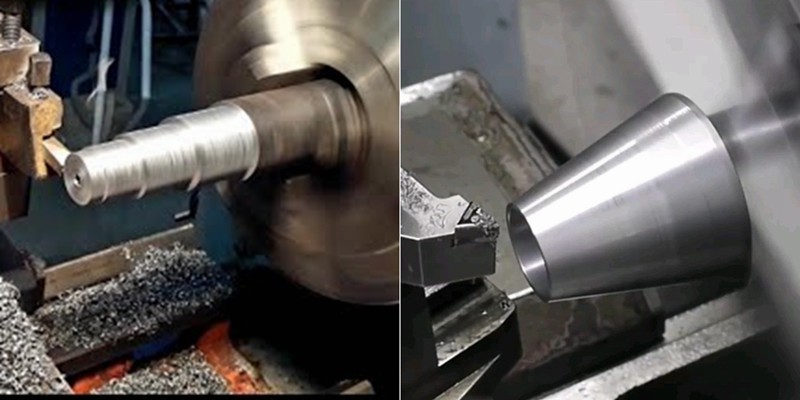
Comment éviter les collisions entre machines dans le processus d'usinage ?
Les collisions avec les machines ont toujours été un défi inévitable dans l'usinage des prototypes et des pièces. Les erreurs de l'opérateur, comme le fait de ne pas effectuer les réglages de l'outil, peuvent entraîner des collisions. Il en résultera des outils cassés, des pièces mises au rebut, des commandes à refaire et des matériaux à retraiter. En outre, en l'absence de dispositif de réglage automatique des outils, le réglage manuel des outils lors de l'entrée d'une erreur dans les données de la valeur Z peut également provoquer des collisions avec la machine. Dans cet article, nous partagerons nos expériences résumées pour vous aider à éviter ce problème. Avant de...

 ShenZhen Washxing Technology Co.,Ltd
ShenZhen Washxing Technology Co.,Ltd